Russian expansion to America at Fort Ross
Russian expansion to America in California: Russian fort and trade at Fort Ross in Sonoma
We share a tour of the Russian fort at Fort Ross in Sonoma exploring this historic Russian site, coastal landscapes and museum galleries and living museum experience at the Russian fort in California. This region of Northern California was hotly contested with Spanish, Russian and eventually American interest and development in the region to establish a presence in the area.
Along the Sonoma coastline just north from Bodega Bay is this solitary fortress guarding a lonely and quiet cove at Fort Ross. Back in the 17th and 18th century this coastline was highly contested by both the Spanish with their Carmelite missions running all the way to Sonoma and the Russian expansion to America who plied the Northern California coasts all the way to Alaska in search of an expanding fur trade, and pushing Russian interests further east into the lands of the New World. Considering that the Spaniards only had missions located along its California corridor compared to this Russian fortress/settlement that was highly armed and s strategically placed, the Russians had the upper hand controlling the coastal areas all the way to Alaska.
By the early 1800’s entrepreneurial Russians were exporting over 62,000 fur pelts of fur seal and sea otter yearly, building extensive settlements and trade with local indian tribes who were experts in hunting the coastal waters of California. This eventually became a significant fur trade market, accounting for large income streams to private expeditions and the royal Russian coffers. The larger demand in fur increased voyages to the new world, pushing for more exploration and development of settlements for storage, trade and supplying provisions for the voyage back to Russia. At the same time the Spaniards and British were keen on the Pacific Northwest territories and were envious of Russian dominance of the fur trade. The newly formed United States during the same period making inroads to the west coast via the Columbia River, and laying claim to the entire Pacific Northwest territories.
Where is Fort Ross located in Sonoma County
Fort Ross is located on the Sonoma Coast in Sonoma County, California, USA. Fort Ross is approximately 43 miles northwest of Santa Rosa in Sonoma County, California. The drive typically takes around 1 hour and 15 minutes via CA-116 W.
A brief history on Fort Ross in Sonoma
Fort Ross, located on the rugged northern California coast in Sonoma County, holds a unique place in history as a former Russian settlement in the early 19th century. The fort was established by the Russian-American Company, a colonial enterprise from the Russian Empire, in 1812. Its primary purpose was to secure a steady supply of sea otter pelts and other valuable resources from the Pacific Coast.
Under the leadership of Ivan Kuskov, the Russians constructed Fort Ross as a self-sustaining outpost. The fort included various structures such as a stockade, dwellings, a chapel, a windmill, and even a shipyard. It became a center of trade between the Russians, Native Americans, and other settlers in the region.
In 1841, due to economic challenges and difficulties in maintaining the settlement, the Russian-American Company sold Fort Ross to John Sutter, a Swiss pioneer in California. Afterward, the fort changed hands several times and eventually fell into disrepair.
Today, Fort Ross is a California State Historic Park and a National Historic Landmark, preserving the rich history of Russian colonization in California. Visitors can explore the reconstructed buildings, learn about the complex interactions between the Russians and Native Americans, and enjoy the stunning coastal scenery that surrounds this historical site.
Fort Ross settlement
Decreasing pelt stock and limited provisions in the Alaskan frontier pushed Russian exploration further down into Northern California to tap into the still plentiful otter and seal population. After much exploration of Northern California, the area just north of Bodega Bay was chosen to develop a settlement called Ross which referenced imperial Russia (Rosiia). Ross settlement was chosen in 1811 for its small bay due, mild climate and availability to grow food, easy access to good lumber and labor with the local indian population. The combination of Alaskan Aluets, Russians and native Indians were a cohesive organization working in genuine cooperation. Also, the local Indians supported giving their coastal lands to the Russians in trade for trinkets and security from other Indian tribes and the Spaniards.
The settlement grew and increased efforts were made in farming production to grow wheat and other grains, vegetables and fruit and eventually some vineyards and raising animal stock which became more successful to their agricultural efforts. Cattle, horses, mules, and sheep allowed for substantial export of beef, wool, tallow, butter and hides back to the northern territories in Alaska. Small cottage industries developed for wood harvesting, ship building along with the various small craft trades like wood, metal and leather craft to support the settlement and trade with the Spanish missions which did not manufacture any products to use and eventually relied on Russian made products. Also during the growth of the Ross settlement, trade was also increased with Americans and British ships traveling around California. Of all the most serene places in Sonoma, Fort Ross settlement is placed perfectly on the coastline to make trade easier along the Northern California coastline.
Visiting Fort Ross and the museum today
Visiting Fort Ross and its associated museum today offers a unique opportunity to step back in time and explore the rich history of this once-thriving Russian settlement on the California coast. Here’s what you can expect from a visit to Fort Ross:
1. **Historical Re-Creation**: Fort Ross has undergone extensive restoration and re-creation efforts to bring the fort and its structures back to life. As you enter the park, you’ll encounter a reconstructed stockade, dwellings, a chapel, and more. These buildings are furnished with period-appropriate items, giving you a glimpse into the daily life of Russian colonists.
2. **Educational Exhibits**: The Fort Ross Museum, located on-site, houses a wide range of exhibits that delve into the history of Fort Ross, the Russian-American Company, and the interactions between the Russians, Native Americans, and other settlers. You’ll find artifacts, documents, and informative displays that provide context to the historical significance of the site.
3. **Stunning Coastal Scenery**: Beyond its historical importance, Fort Ross boasts breathtaking coastal views. The fort is perched on a bluff overlooking the Pacific Ocean, making it a great place to take in the natural beauty of the California coast. There are walking trails that allow you to explore the surroundings and take in the fresh sea breeze.
4. **Events and Programs**: Fort Ross hosts various events and educational programs throughout the year, including living history demonstrations, cultural festivals, and lectures. These activities offer a more immersive experience and a deeper understanding of the site’s history.
5. **Picnic and Relaxation**: The park provides picnic areas, making it an excellent spot for a leisurely lunch while enjoying the ocean views. It’s a tranquil setting to unwind and appreciate the serenity of the coast.
6. **Visitor Center**: The visitor center is a great place to start your visit. Here, you can obtain maps, brochures, and additional information about the site. Knowledgeable staff are often available to answer questions and provide insights.
7. **Gift Shop**: Don’t forget to stop by the gift shop, where you can find unique souvenirs related to Fort Ross and the region.
In essence, a visit to Fort Ross offers a blend of history, culture, natural beauty, and educational experiences. It’s a place where you can immerse yourself in the past while enjoying the scenic wonders of the present-day California coastline.
Despite the growth of the settlement, becoming more self sufficient and starting small cottage industries in manufacturing and finished products, losses were mounting. The Russian settlement was also starting to decline with the almost complete decimation of the seal population by the early 1830’s. The fort was eventually abandoned in 1839 due to lower expectations of their agricultural, ship building, manufactured goods and ranching operations. The sale of the buildings, assets, livestock and manufacturing were marketed to the British, the newly formed Mexican government, French interests and the Americans. Finally all assets of the settlement were sold to Captain Sutter of the famous Sutter ranch in Sacramento. The sale was agreed and completed in late 1841 and the last 100 Russian colonists set sail back to Sitka on January 1, 1842.
It’s interesting to know that with European interests in the New World expanding west towards California, Imperial Russia was also keen on expanding eastward with the interest in raw materials like the fur trade and other cottage industries. What we are left with is one small settlement at Fort Ross which is now a historic state park that you can visit.
Here’s a video tour of Fort Ross in Sonoma County below
To visit Fort Ross
Head north from Jenner from Hwy 1 about 11 miles, there will be signs to the park entrance along the coastline
The visitor center and grounds are open only Saturday and Sunday from 10 to 4:30 pm
Day use fee/parking is $8 per car
For more information 707 847-3221 Offices
Conclusion to visiting the Russian fort at Fort Ross in Sonoma
In conclusion, visiting the Russian fort at Fort Ross in Sonoma is a captivating journey back in time, offering a deeper understanding of California’s diverse history. This meticulously restored site allows you to explore the daily life of Russian settlers, their interactions with Native Americans, and the challenges they faced in this remote coastal outpost.
Beyond its historical significance, Fort Ross treats you to stunning coastal panoramas and the opportunity to connect with nature along picturesque walking trails. The Fort Ross Museum enriches your visit with informative exhibits and artifacts, shedding light on the complex tapestry of cultures that shaped this region.
Whether you’re drawn by history, coastal beauty, or a thirst for knowledge, Fort Ross promises a rewarding and enriching experience. It’s a place where the past meets the present, and where the stories of pioneers and the natural wonders of the California coast come together to create a memorable visit.
If you enjoyed this post, please share it with any of the sharing buttons on the post and please ‘like’ my facebook for more entries and photos.

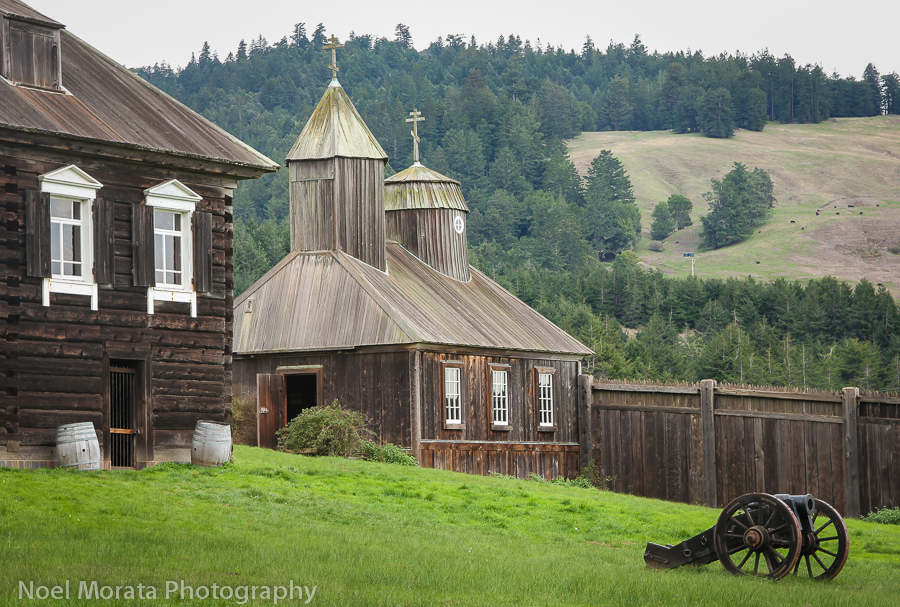
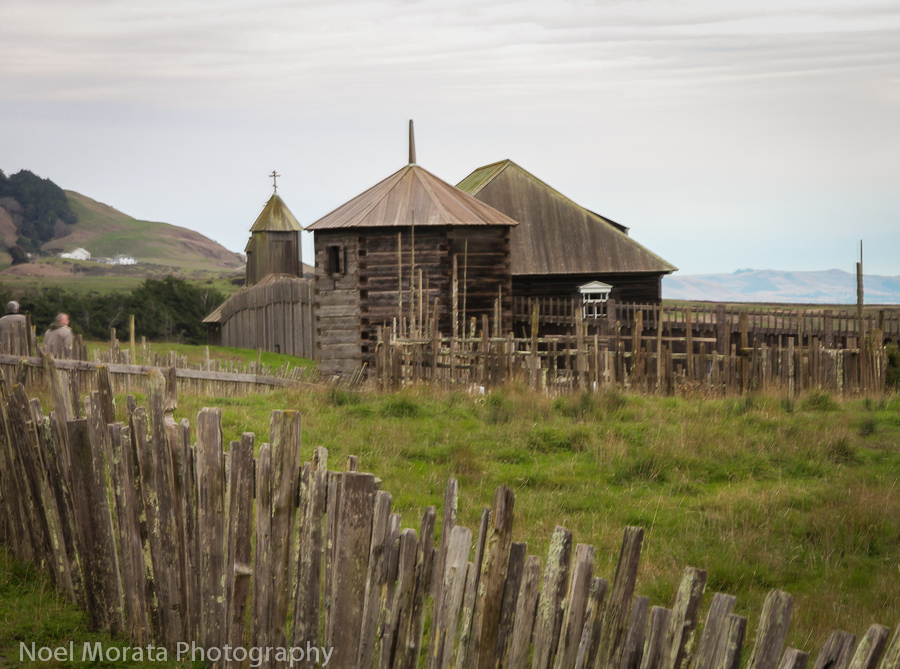
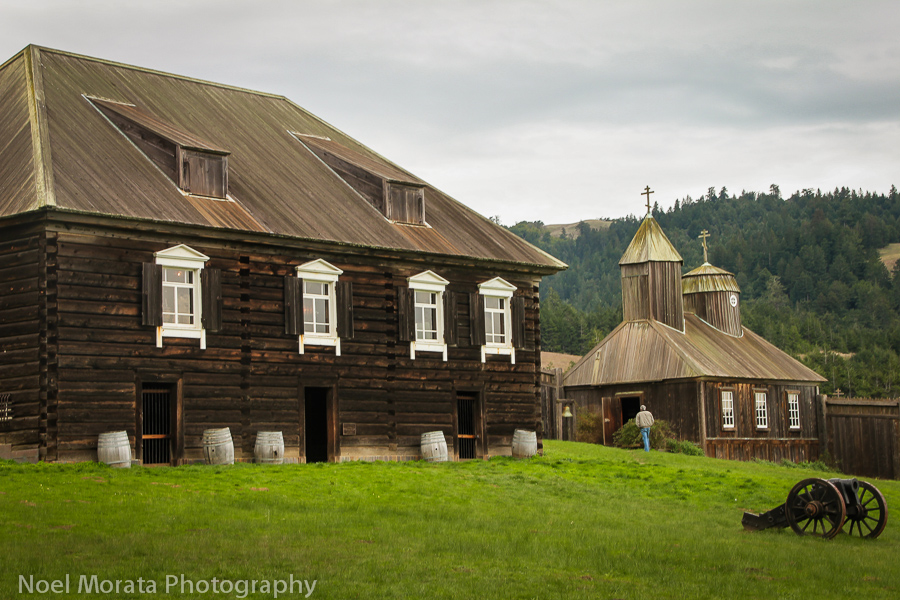
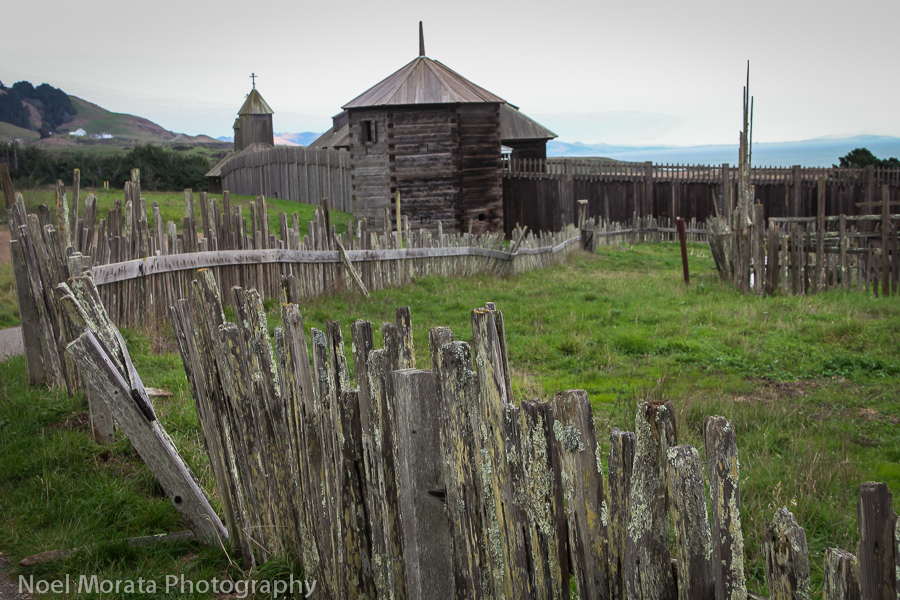
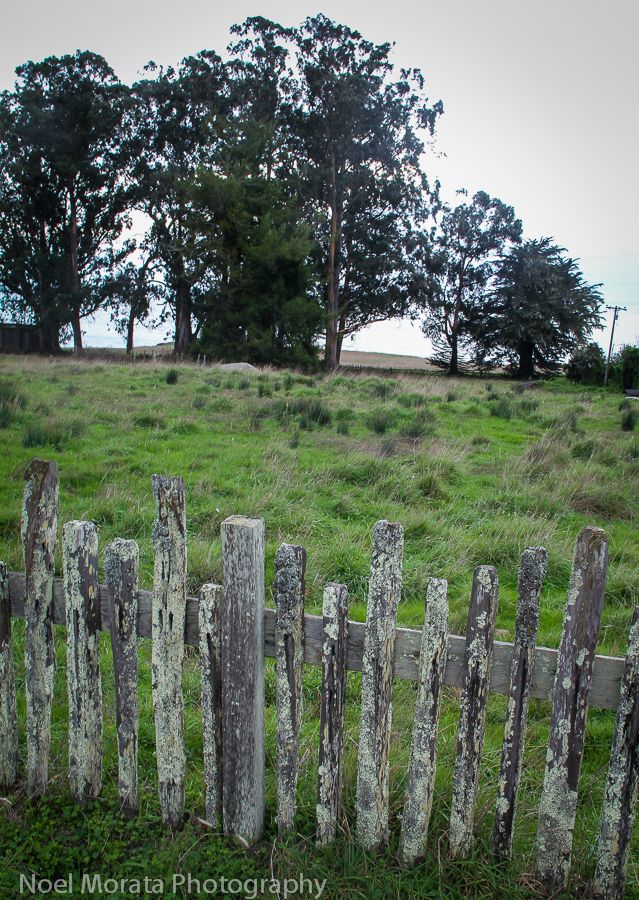
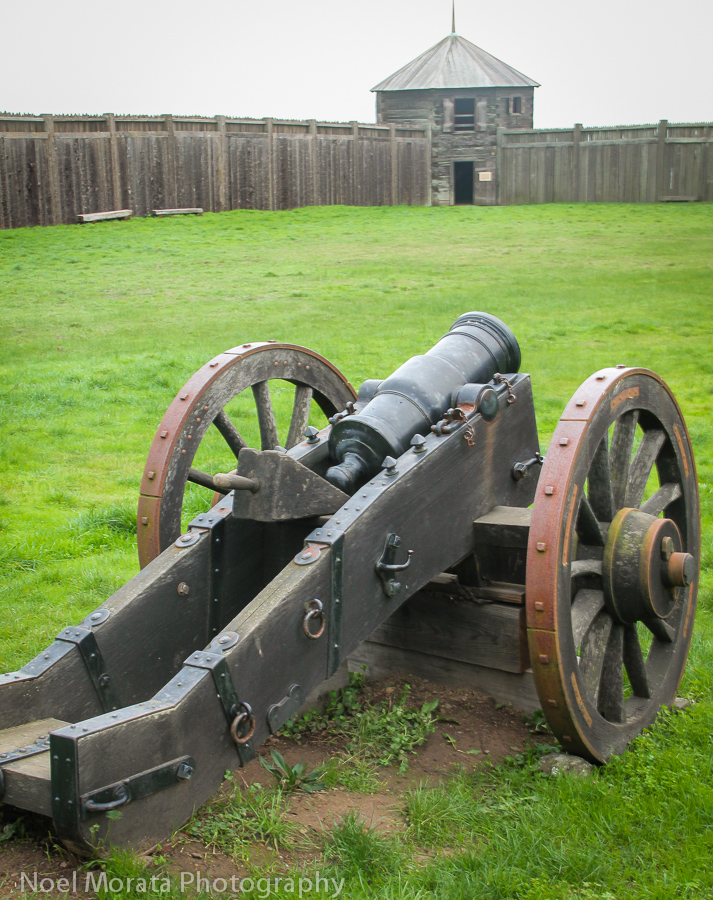
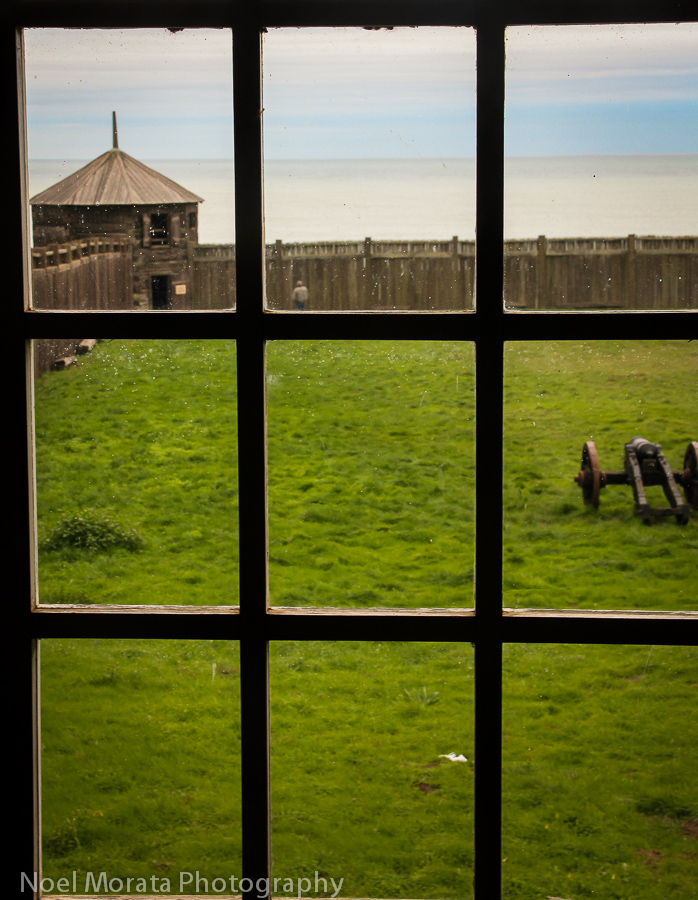
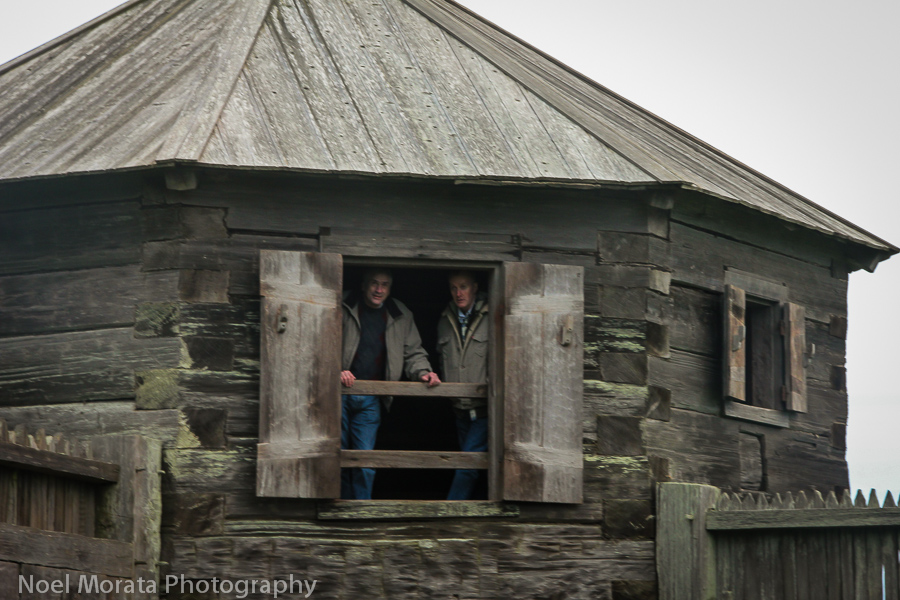
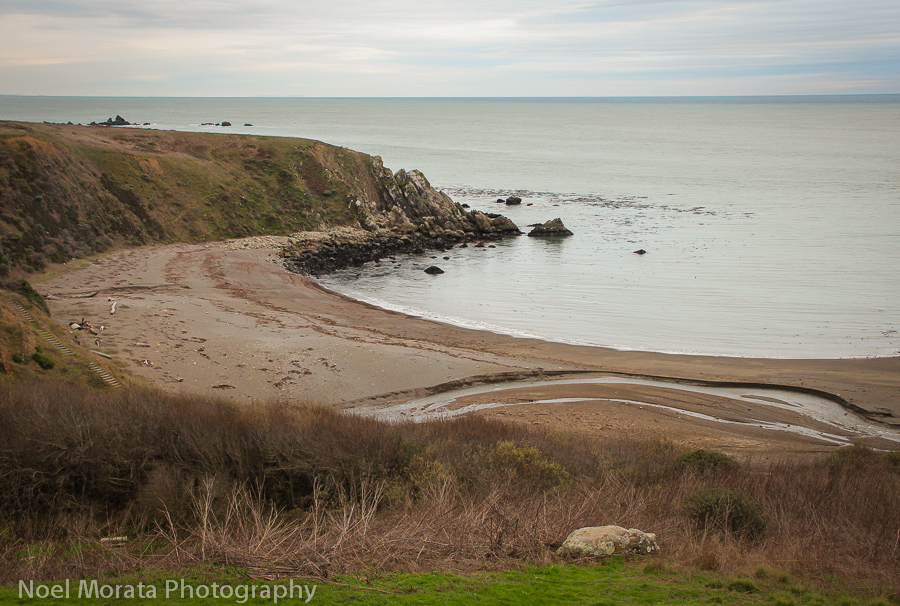

If you are going for best contents like I do, imply visit this web page daily since it presents quality contents, thanks
Wow! Awesome photos!! 🙂
We visited an old Russian village in Russian recently and it looks almost exactly like this! How interesting to find this in California.
Very interesting! I did not know there was a Russian settlement as far south as what is now California. That church is especially striking.
Wonderful Shots Noel….Love the description.. 🙂
Nice to know about this place. Wonderful captures. Loved the first picture most.
Terrific views!
This was a wonderful virtual tour for me.
That is a very striking church and was constructed so differently. I know that there is a Russian settlement on the Kenai Peninsula in Alaska. When I lived in Alaska, members used to come into Anchorage to shop and they always wore clothing and styles that looked like the 1890s.
I’ve been to Bodega Bay a couple times, but have somehow missed this spot. What a great place to shoot – It looks beautiful.